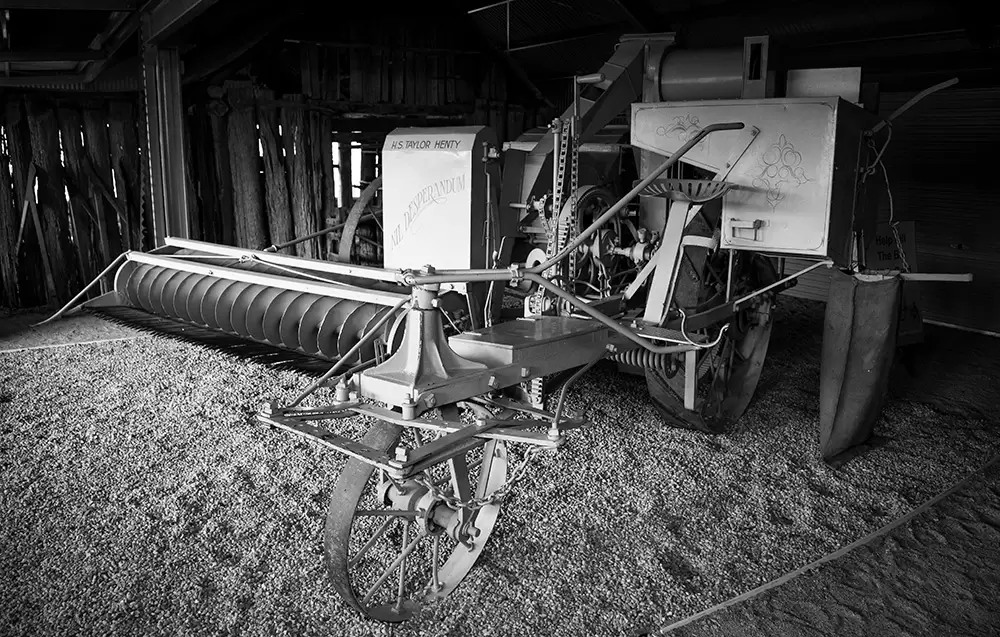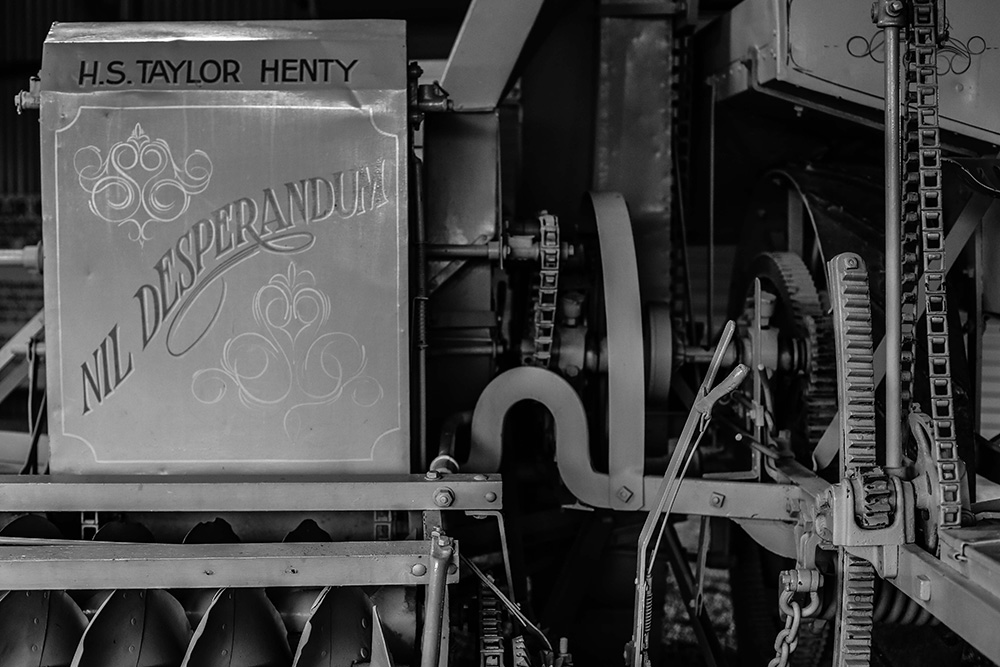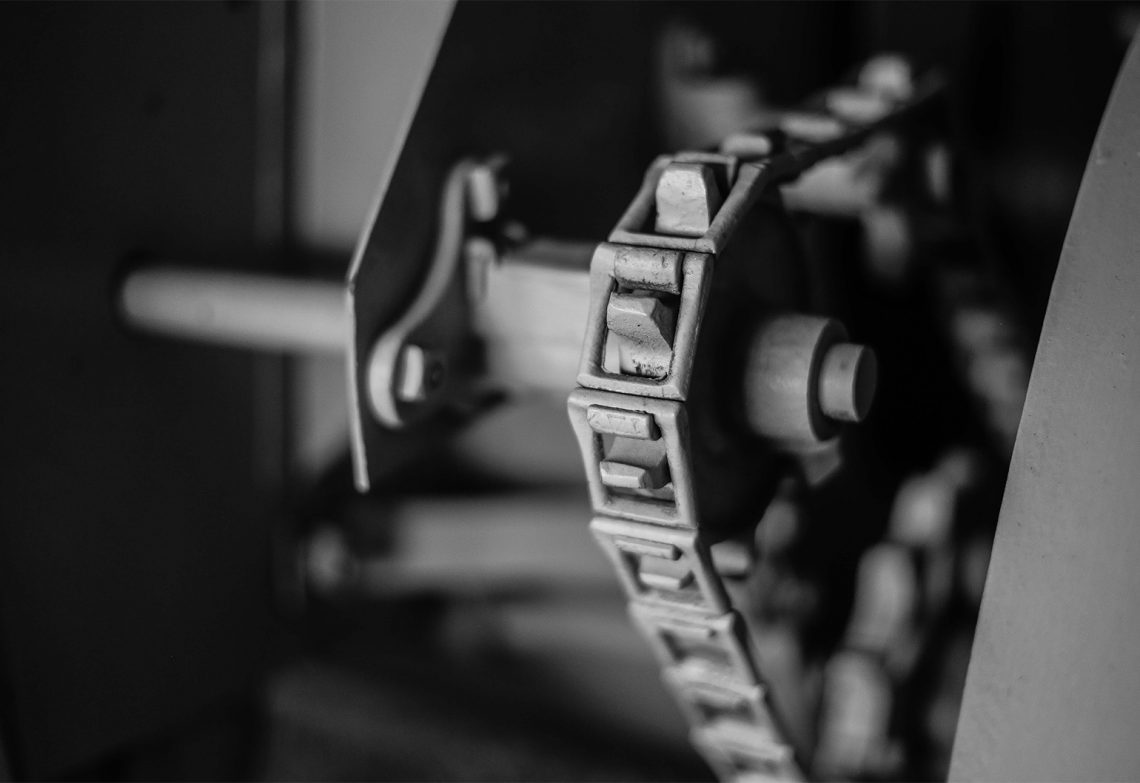Last year, a 1912 Imperial EB tractor and unique example of historic Australian engineering ingenuity was sold overseas. Create spoke with Engineers Australia member and Chartered engineer Neil Hogg MIEAust CPEng about how state heritage registers could help keep our engineering heritage safe.
Hogg, a past chair of Engineers Australia’s Engineering Heritage Australia, recently spoke at a public hearing as part of the NSW Government’s review of the NSW Heritage Act 1977.
The review is investigating the effectiveness of the Act and the NSW heritage regulatory system, and the hearings provide an opportunity for stakeholders and the broader community to have their say.
Hogg said engineers have a strong interest in conserving moveable heritage items such as vintage cars, trains, planes and machinery as an important cultural legacy for future generations.
“Engineers were very often involved in creating and operating this heritage, and are still very involved in conserving it,” Hogg said.
A significant obstacle is that Federal legislation does not effectively protect moveable technological heritage from being sold overseas. This is partly because there is no clear definition of what this heritage is, and when it should be classified as “significant”.
Hogg said placing more moveable heritage items on state heritage registers could provide protection and stop them from being exported.

“Buildings, structures and landscapes have been relatively well served — over 98 per cent of items on the NSW State Heritage Register are buildings and structures,” Hogg said at the NSW hearing.
In contrast, only 27 moveable heritage items are among the 1750 items on the register.
Unique examples
There are many very significant examples of moveable engineering heritage in need of protection on state registers, Hogg said. For example, Henty in southwestern NSW is home to the world’s first successful grain header harvester, which was designed by inventor and self-taught engineer Headlie Taylor.
Another important piece of moveable engineering heritage is the 1912 machinery collection at the Lithgow Small Arms Factory Museum. This was the first precision engineering factory in Australia.
“That factory has supplied weapons to the Australian Army since World War I,” Hogg said.
NSW also has significant historical aircraft at the HARS and Camden Aviation Museums, and hundreds of other items in private collections and community museums.
“We’ve got all of this really significant moveable heritage, but it’s not recognised and it doesn’t have the protection it needs,” Hogg said.
Hogg also asked the hearing to support community organisations and Engineers Australia in preserving intangible heritage, such as the knowledge and skills involved in heritage trades that is needed to maintain moveable heritage.
“You can’t put that on a shelf in a museum. It’s in people’s minds and needs to be renewed,” he said.
Incentives and flexible regulations
Hogg also suggested that wider application of small financial incentives for heritage custodians could help keep more moveable engineering heritage in working order.
“There are 100,000 people in NSW who spent $700 million of their own money looking after this heritage,” he said.
For example, the NSW Historic Vehicle Scheme provides discounted registration for vintage cars, as long as they are only driven occasionally and are publicly displayed.
“It’s brought a lot more old cars out into the public,” Hogg said. Victoria, the ACT, South Australia and Queensland have also run similar schemes successfully.

Expanding small incentives to other moveable heritage items could make a big difference, Hogg said. He suggested using a model similar to grants paid to landowners for protecting biodiversity to encourage custodians to preserve and display historic equipment and machinery.
Finally, Hogg said the application of the NSW Act could be improved by looking at whether 21st century regulations were appropriate for heritage machines and vehicles.
“It’s not appropriate for a vintage tram running two days a week at 20km/h on an enclosed track to meet the same standards as a mainline express train,” he explained.
“Engineers have a role to play in assessing what the objective is to meet the safety requirement for heritage machine, and come up with alternative ways of achieving it.”




While not a moveable item, the Breamlea Wind Turbine was still standing
earlier this year when I cycled past. At over 1/3C in age, I believe it is the oldest
grid connected Wind Turbine in Australia. It was one of 7 units of 60kW
manufactured by Westwind of Western Australia, the other 6 being installed
at Esperance in WA as Australia’s first wind farm, a little before the November
1987 commissioning of the Breamlea WT.
A joint project of the Victorian Solar Energy Council and the State Electricity
Commission of Victoria, it served to demonstrate the viability of wind power,
and was an important stepping stone to the renewable future we are now
transitioning to. It is an important engineering heritage item, and as such
deserves to be preserved so that future generations can see that people of
vision believed in a more sustainable future for our finite planet.
Nick Wardrop
MIE Aust, CP Eng (ret)
There is so much that is being loss because of inadequate due process around movable cultural heritage. The expertise and knowledge is out there and the laws exist, but are not fully implemented.
The other thing that should be implemented is the Simpson review, but the Minister and his department are stalling on this important review, they have had it for a number of years .
The heritage that’s between people’s ears is also valuable, and essential in keeping the other part going. Vintage machinery clubs and the rallies that they hold serve an important function in ensuring that these skills and knowledge are passed on. There are no repair manuals or on-line instructions for these machines. Sadly, club meetings and rallies have been severely disrupted for the past 18 months.
The sooner they can get back into action, the more secure these skills and knowledge will be. It’s not the sort of material you can pin onto a heritage register.